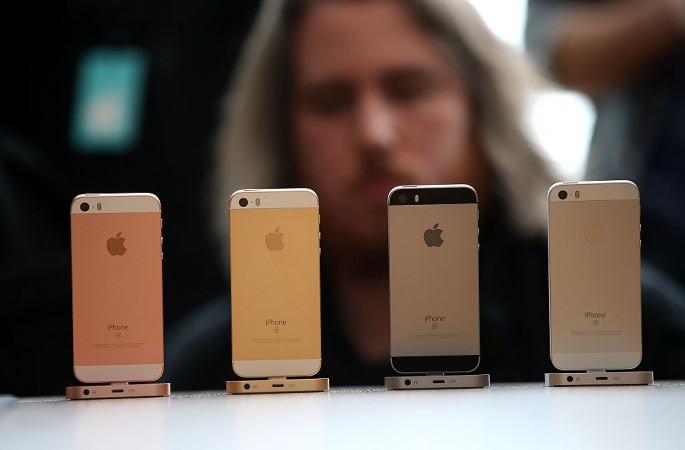With the excitement over the iPhone 7 and iPhone 7 Plus subsiding, rumors about the purported iPhone 8 are slowly flooding the Internet. A major supplier of Apple has already revealed some supposed specs of the Cupertino-based tech giant's upcoming smartphone, which is expected to arrive in 2017.
On Oct 29, Saturday, a senior executive of Sharp Corporation, a Japanese electronics firm delivering smartphone panels to Apple, confirmed that all future iPhones will incorporate advanced OLED diode screens, Nikkei reported. Earlier last week, the website revealed that the purported all glass-backed iPhone 8 will come in three variants, together with a 5-inch screen model.
The revelations made by Tai Jeng-wu, Sharp president who is also an executive at Sharp's parent firm Hon Hai Precision Industry, popularly known as Foxconn Technology Group, are significant. His comments came just when the Cupertino tech giant is engaged in overhauling the iPhone's design with a view to heighten sales during the company's flagship device's 10th anniversary in 2017.
Addressing students at his alma mater the Tatung University, Tai said, "The iPhone has been evolving and now it is switching from LTPS (low-temperature poly-silicon) to OLED panels." The Japanese website further quoted Tai as saying, "We don't know whether Apple's OLED iPhones will be a hit, but if Apple doesn't walk down this path and transform itself, there will be no innovation. It is a crisis but it is also an opportunity."
Aside from OLED display, it is expected that the iPhone 8 will come with sweeping changes, 9to5 Mac reported. There are rumors that the company may remove the physical touch button of the device and substitute it with TouchID positioned at the back of the display. Some reports also suggested that Apple could delay the launch of Sharp OLED iPhones until 2018.
OLED displays are more advanced compared to LTPS screens Apple has been using traditionally for its smartphones. Currently, Apple uses OLED displays, which offer sharper color contrast, only on Apple Watch. On the other hand, its major competitors like Samsung, LG, Motorola and some others have been using OLED for their devices for quite some time now.
Interestingly, if Apple switches to OLED displays, some of them may be produced in the United States. This is primarily because currently Sharp produces limited number of OLED displays.
Watch Apple introducing the iPhone 7:



























